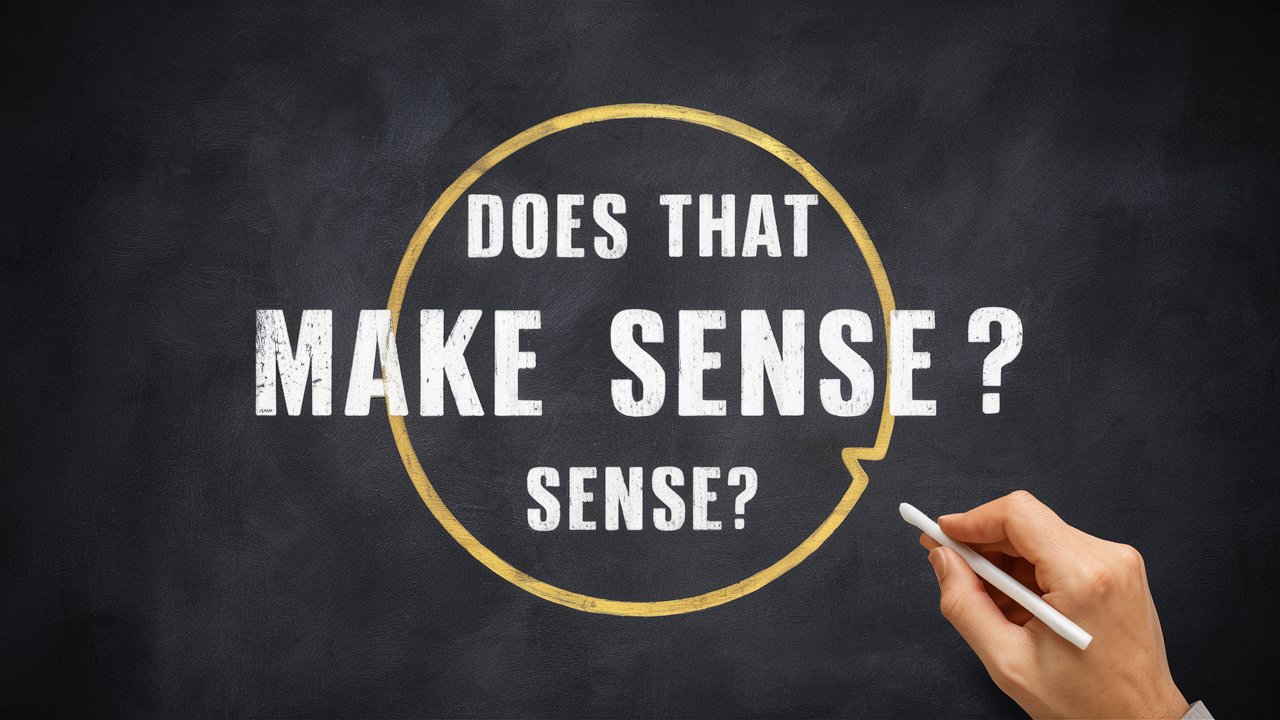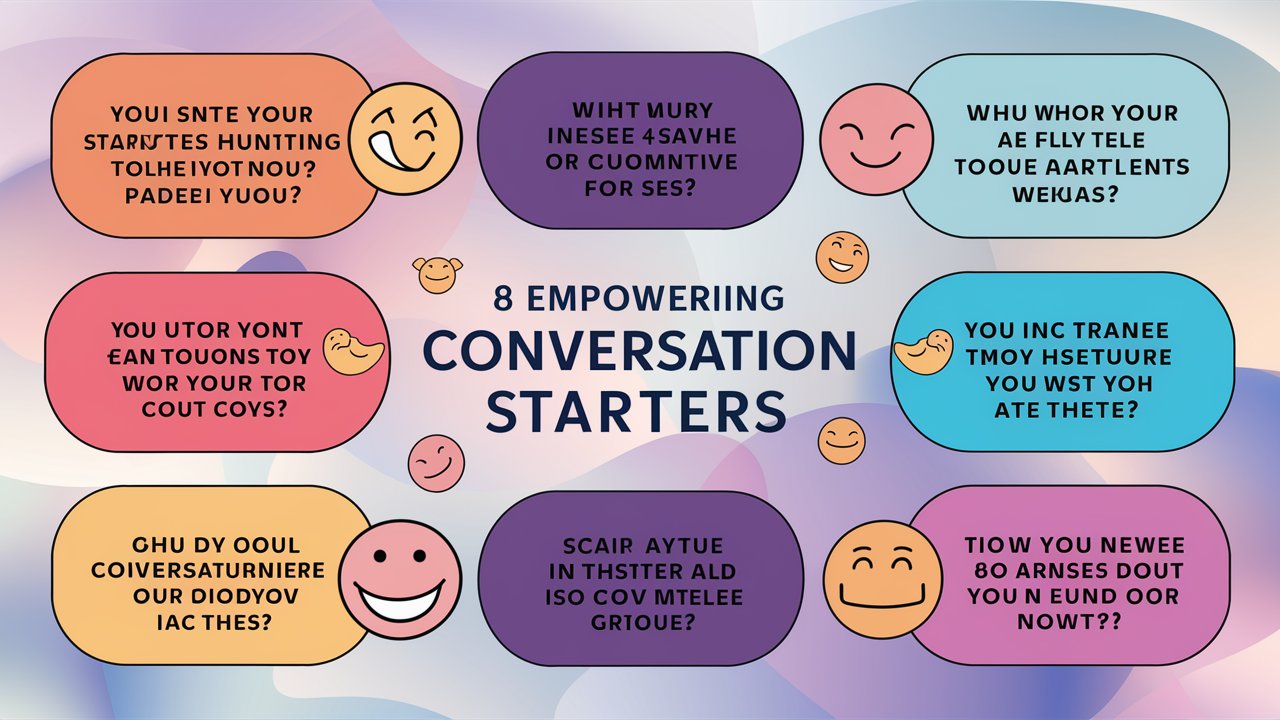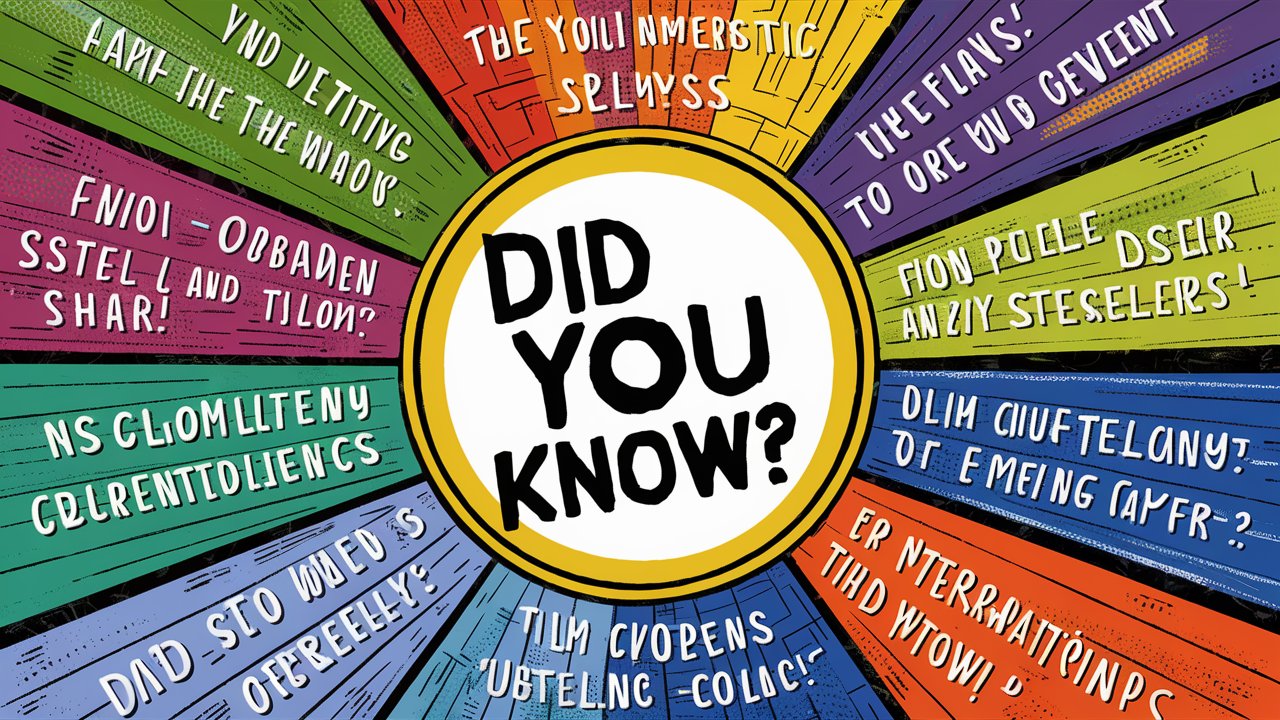Are you tired of the same old question in your conversations – “Does that make sense?” It’s like a broken record on repeat, lacking creativity and empowerment. But fear not, for there is a world of fresh possibilities waiting to breathe life into your dialogues.
In a realm where communication reigns supreme, exploring new avenues can lead to profound connections and understanding beyond the mundane. So, buckle up as we venture into a realm of linguistic liberation, bidding adieu to the conventional with zest and zeal!
Imagine a conversation where each word sparks curiosity and ignites engagement. A world where phrases go beyond mere comprehension checks to foster genuine connection and clarity. Empowerment lies not just in words but in the freedom to choose alternatives that resonate with authenticity.
In this vibrant journey of discovery, we invite you to shed the chains of monotony and embrace innovative ways to communicate effectively – without ever uttering “Does that make sense?” again. So, dear reader, are you ready to embark on this transformative quest towards enriching conversations that transcend the ordinary?
Join us as we unveil seven empowering alternatives that will revolutionize how you engage with others – one word at a time!
Embracing Alternative Phrases.
Are you tired of using the same old “Does that make sense?” in your conversations? It might be time to explore empowering alternatives that not only foster better communication but also inject a fresh energy into your dialogues. Let’s dive into 7 unique phrases that can transform the way you express understanding and clarity in your interactions.
1. **”Can we clarify anything?”**: This alternative invites feedback and encourages open dialogue, showing your willingness to address any uncertainties directly. By offering clarification proactively, you demonstrate attentiveness and a genuine interest in ensuring comprehension.
2. **”I want to ensure I’ve explained this clearly. Would you like me to elaborate on anything?”**: This phrase communicates your commitment to thorough explanation, emphasizing the importance of shared understanding. It promotes a collaborative environment where both parties actively engage in enriching the conversation.
3. **”Let’s connect the dots together – what questions do you have?”**: By inviting the other party to participate in ‘connecting the dots’, you inspire mutual collaboration and intellectual synergy. This approach sparks curiosity and encourages critical thinking, fostering deeper engagement in discussions.
4. **”How are we tracking so far? Is there anything I can delve into further for you?”**: Demonstrating proactive engagement, this alternative shifts the focus from mere comprehension to personalizing the learning process based on individual needs or preferences. It showcases a personalized approach to communication that values every participant’s input.
5. **”Shall we take a moment to review together? Your insights matter.”**: Encouraging joint reflection and mutual validation, this phrase empowers both parties by recognizing the significance of their contributions to the dialogue. It creates an inclusive atmosphere where everyone’s perspectives are acknowledged and valued.
6. **”Let’s ensure our ideas align seamlessly – how can I assist in clarifying any aspects?”**: By framing understanding as a collaborative endeavor towards alignment, this alternative emphasizes harmony and cohesion within conversations. It conveys a sense of partnership and shared responsibility for achieving clarity together.
7 .**“I’m here as a resource for any questions you may have along our journey of discovery.”**: Positioning yourself as a supportive guide rather than an authority figure opens up space for comfortable exploration and knowledge-sharing. It fosters trust and rapport while encouraging ongoing dialogue beyond simply seeking comprehension.
Experiment with these alternatives to discover which ones resonate most with your communication style and objectives! Each phrase offers a unique perspective on fostering clearer communication dynamics, paving the way for more engaging and meaningful interactions ahead.
Exploring Diverse Communication Approaches.
Diving into diverse communication approaches beyond the standard “Does that make sense?” opens up a world of possibilities for clearer and more engaging conversations. It is crucial to break free from conventional phrases to truly express understanding in a way that resonates with others.
By embracing a varied range of communication strategies, individuals can tailor their messages to different audiences and situations, fostering deeper connections and mutual comprehension.
Adopting a flexible and open-minded approach towards expressing understanding not only enriches conversations but also cultivates an inclusive environment where everyone feels valued. When we move away from the familiar terrain of “Does that make sense?” and explore alternative phrases, we invite creativity and adaptability into our interactions.
Imagine the impact of using multiple communication techniques – from storytelling to visual aids or active listening – in conveying ideas effectively, ensuring our message reaches its intended recipients with clarity.
In scenarios where traditional phrases may fall short in facilitating engagement or comprehension, experimenting with varied communication approaches becomes imperative. For instance, during team meetings, steering away from asking solely if something “makes sense” could lead to more interactive discussions where each team member’s perspective is heard and appreciated.
By infusing diversity into our communication toolkit, we unlock new avenues for connection, enhancing collaboration and understanding among peers, students, colleagues, or within personal relationships.
Shifting Towards Solution-Oriented Language.
In the realm of effective communication, the shift towards solution-oriented language emerges as a pivotal tool for fostering positive interactions in various spheres of life. By veering away from mundane phrases like “Does that make sense?” and embracing empowering alternatives, individuals unlock a gateway to constructing dialogues that inspire collaboration and understanding.
Imagine replacing the traditional query with statements like, “Let’s delve deeper into this together” or “How can I support your comprehension further?” – these alternatives not only instigate active engagement but also cultivate an environment where solutions take precedence over mere comprehension.
By transitioning towards solution-oriented language, professionals, academics, and individuals navigating social exchanges witness a profound transformation in the dynamics of their conversations. Picture a scenario where instead of asking if something makes sense, one proposes solutions or invites input – this subtle alteration injects a dose of positivity and encouragement into dialogues.
Furthermore, incorporating empowering phrases cultivates a culture where problem-solving becomes a collective endeavor rather than an individual burden. This linguistic metamorphosis serves as a cornerstone for nurturing stronger relationships and building bridges based on shared aims and aspirations.
For those eager to enliven their daily verbal exchanges with solution-driven language, practical tips can pave the way for seamless integration. Begin by consciously replacing conventional inquiry with affirmations that motivate dialogue progression and idea generation.
Encourage brainstorming sessions alongside inquiries like “How might we enhance mutual understanding here?” or “In what ways can we align our perspectives better?”
Such deliberate phrasing not only propels conversations toward actionable outcomes but also establishes a platform where challenges are met collaboratively rather than individually. Embrace the power of solution-oriented language and witness how its implementation fuels productivity, creativity, and harmonious connections in all facets of communication.
Transforming Communication Dynamics.
Shifting away from the typical “Does that make sense?” can be a transformative step in reshaping how we engage with others. By breaking free from this common communication pattern, we open doors to new possibilities for meaningful interactions.
Picture this: in a boardroom meeting, instead of the usual question that may unintentionally belittle understanding, imagine using an empowering alternative like “How can I clarify further?” This simple switch not only invites dialogue but also signals a willingness to ensure everyone is on the same page, fostering a more collaborative atmosphere.
Real-life examples show us the tangible impact of embracing alternative phrases. Take Sarah, whose team dynamics shifted positively when she replaced “Does that make sense?” with “What are your thoughts on this?” During discussions, team members felt valued and encouraged to contribute actively.
Through such anecdotes, we witness firsthand how linguistic choices can influence relationships and teamwork profoundly. Whether it’s within personal friendships or professional settings, these shifts hold the potential to elevate communication experiences and build stronger connections.
By demonstrating how subtle linguistic adjustments can enhance relationships both personally and professionally, we empower individuals to take charge of their communication dynamics. Imagine a classroom where a teacher opts for “How can I support your understanding?” over the conventional inquiry.
Students feel encouraged to express their uncertainties openly, creating a safe space for learning and growth. These small yet powerful modifications set the stage for more authentic dialogues and deepen connections by exuding thoughtfulness and empathy.
Enhancing Dialogue Through Playful Alternatives.
Are you tired of the same old conversation starters like “Does that make sense?” that seem to put everyone in a slumber? Let’s shake things up and inject some fun into your dialogue repertoire! Instead of the conventional, why not try playful alternatives that not only get your point across but also create an engaging atmosphere for fruitful interactions.
Picture this: instead of the usual mundane inquiry about sense-making, how about asking, “Can you picture where I’m coming from?” By using visually stimulating language, you’re sparking imagination and inviting your conversation partner to envision the narrative from your perspective. This playful twist not only encourages empathy but also adds a colorful flair to your discussions.
Let’s take another leap into the realm of linguistic playfulness. Imagine replacing “Does that make sense?” with “Can you feel me on this?” By appealing to emotions rather than just logic, you’re fostering a deeper connection with your audience.
This alternative not only conveys understanding but also opens the door for a more heartfelt exchange where opinions are shared with authenticity and vulnerability.
Now, let’s sprinkle some humor into our linguistic mix. How about lightening up the mood by saying, “Am I speaking your language or do we need Google Translate?” This whimsical approach not only breaks down communication barriers but also infuses a sense of levity into serious conversations.
By embracing playful alternatives like this, you can turn even the most complex discussions into delightful verbal dances that leave everyone feeling energized and engaged.
Empowering Your Voice: Implementing New Linguistic Choices.
As you embark on this journey of language transformation, remember that every word we choose shapes our conversations and relationships. To seamlessly integrate the empowering alternatives discussed here into your daily dialogues, start by consciously replacing “Does that make sense?” with one of the seven impactful phrases provided. Experiment with different options until you find ones that truly resonate with your authentic voice.
To further hone your communication skills, consider engaging in role-playing exercises or utilizing interactive tools that simulate real-life scenarios. These resources can not only help you practice using diverse communication approaches effectively but also boost your confidence in applying these alternatives in various contexts.
Embrace change as a catalyst for more enriching interactions and watch how adapting your verbal expressions can lead to deeper connections and clearer understanding in all your conversations. So go ahead, step into the power of language transformation and unleash the potential of your voice!
I am commitment to crafting compelling narratives and delivering insightful content continues to inspire and inform readers across various platforms. Explore her articles on AlternativesZone.com and FactAfterFact.com to experience a rich tapestry of knowledge and discovery. Here I Analyze and Test the products and services together with my team before we recommend them to our users. Nice Reading Here!











